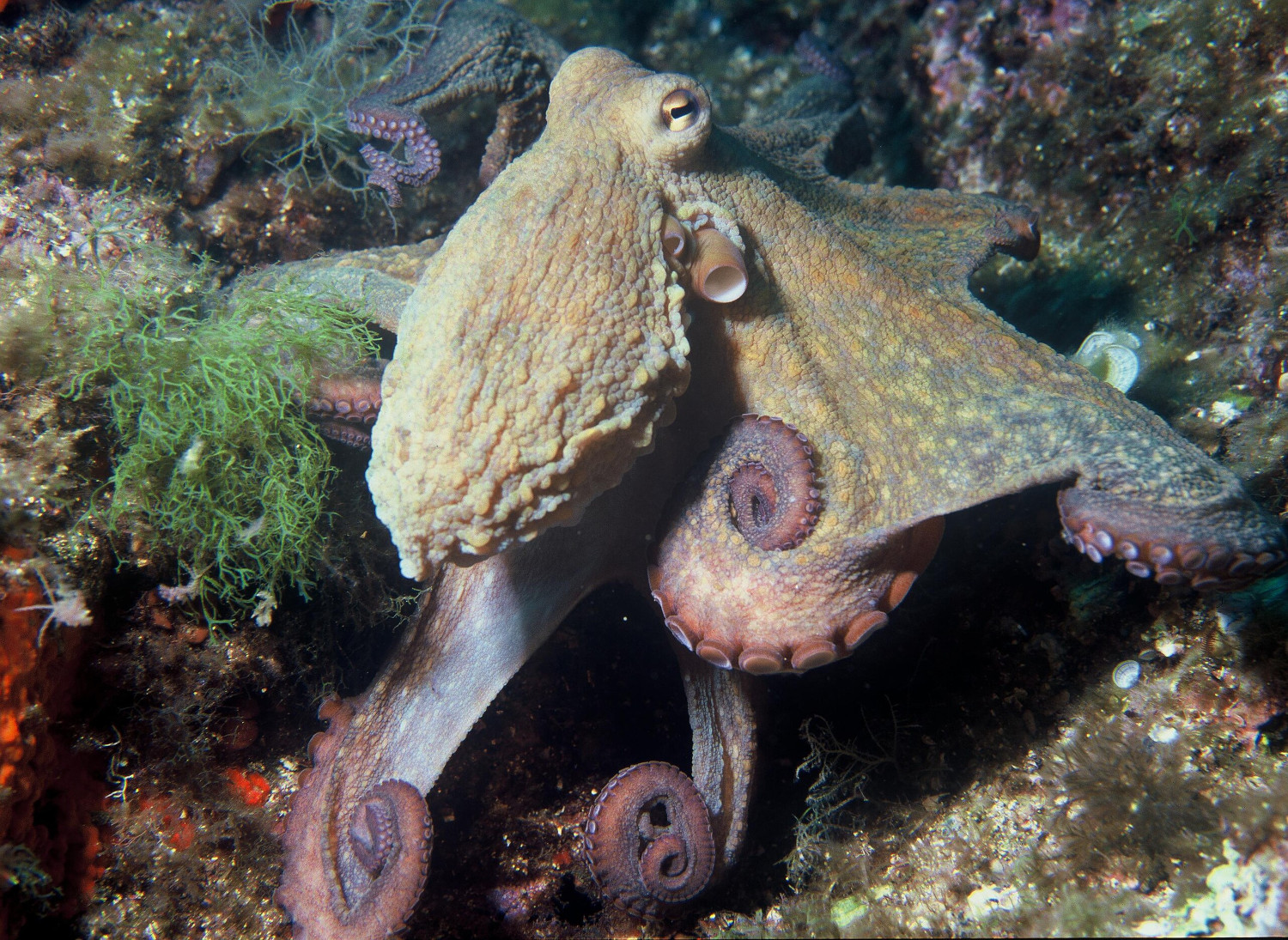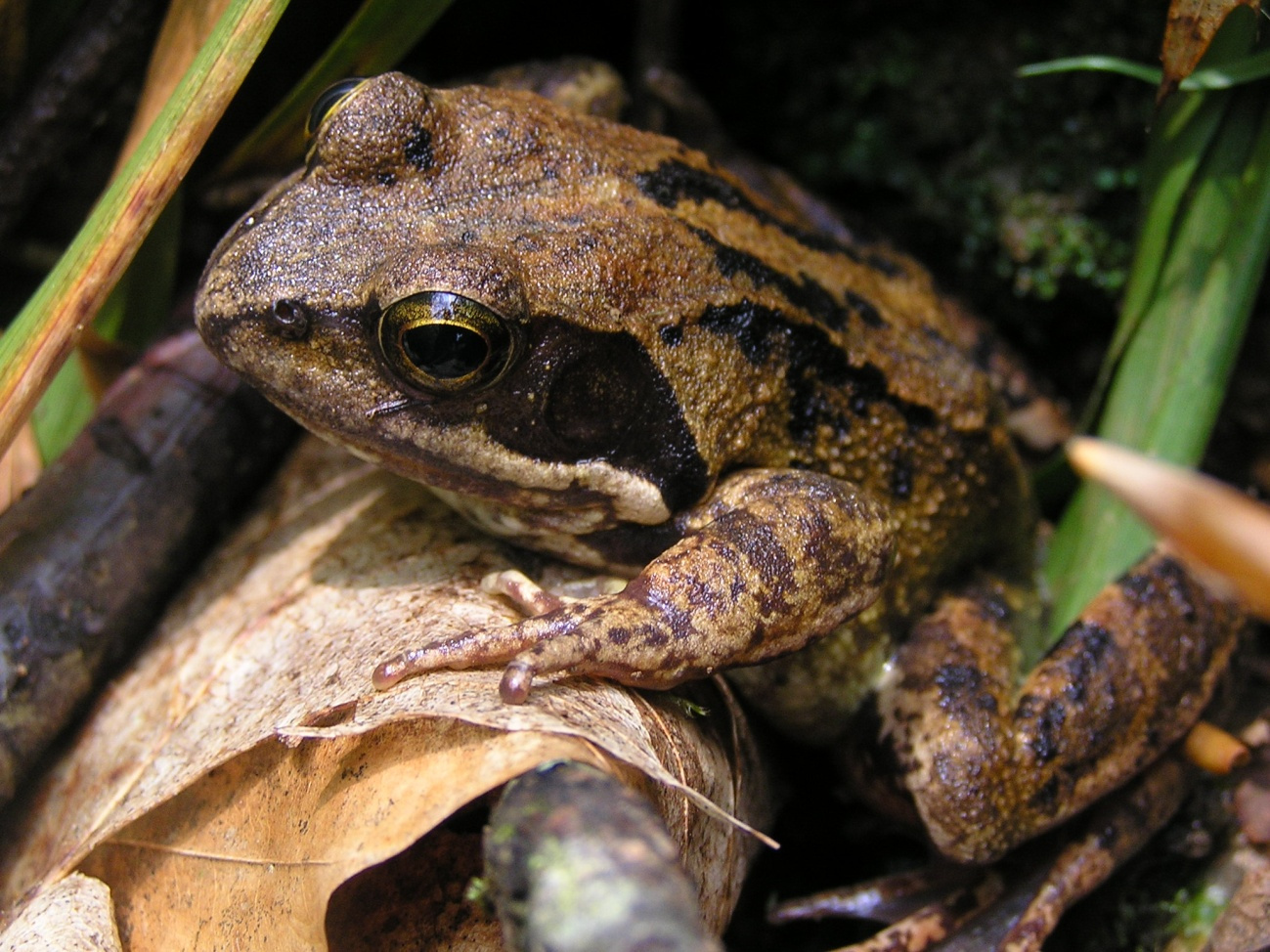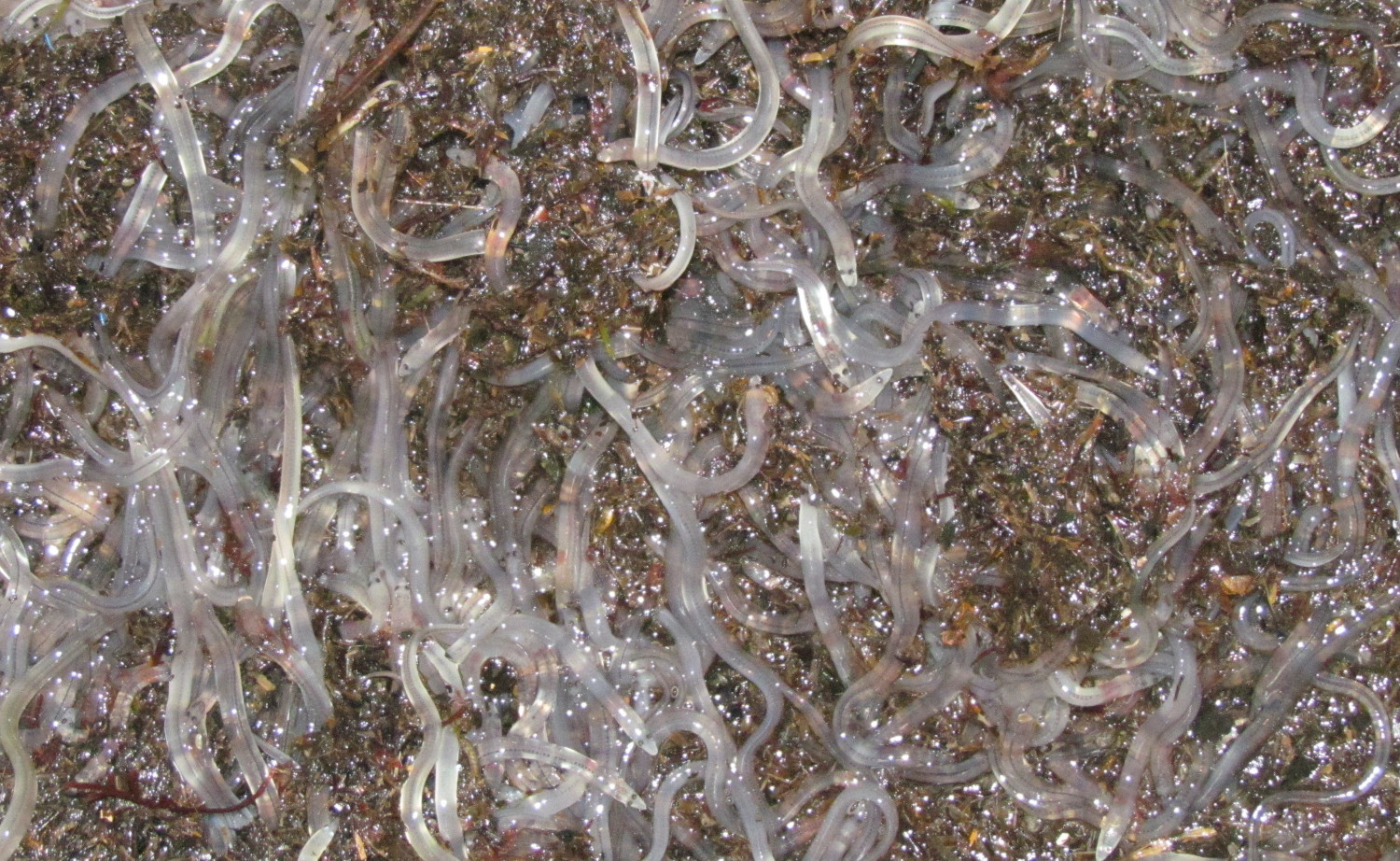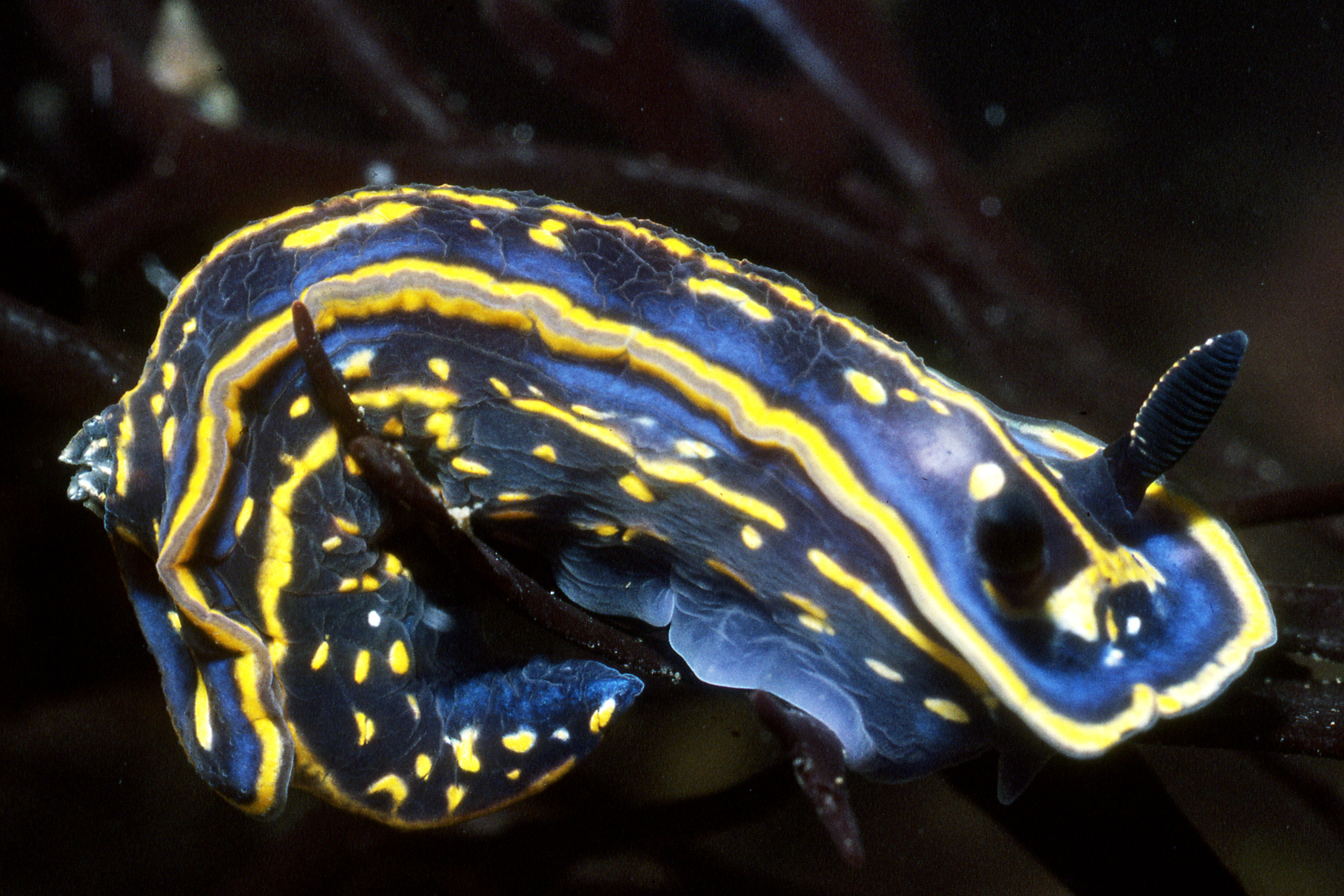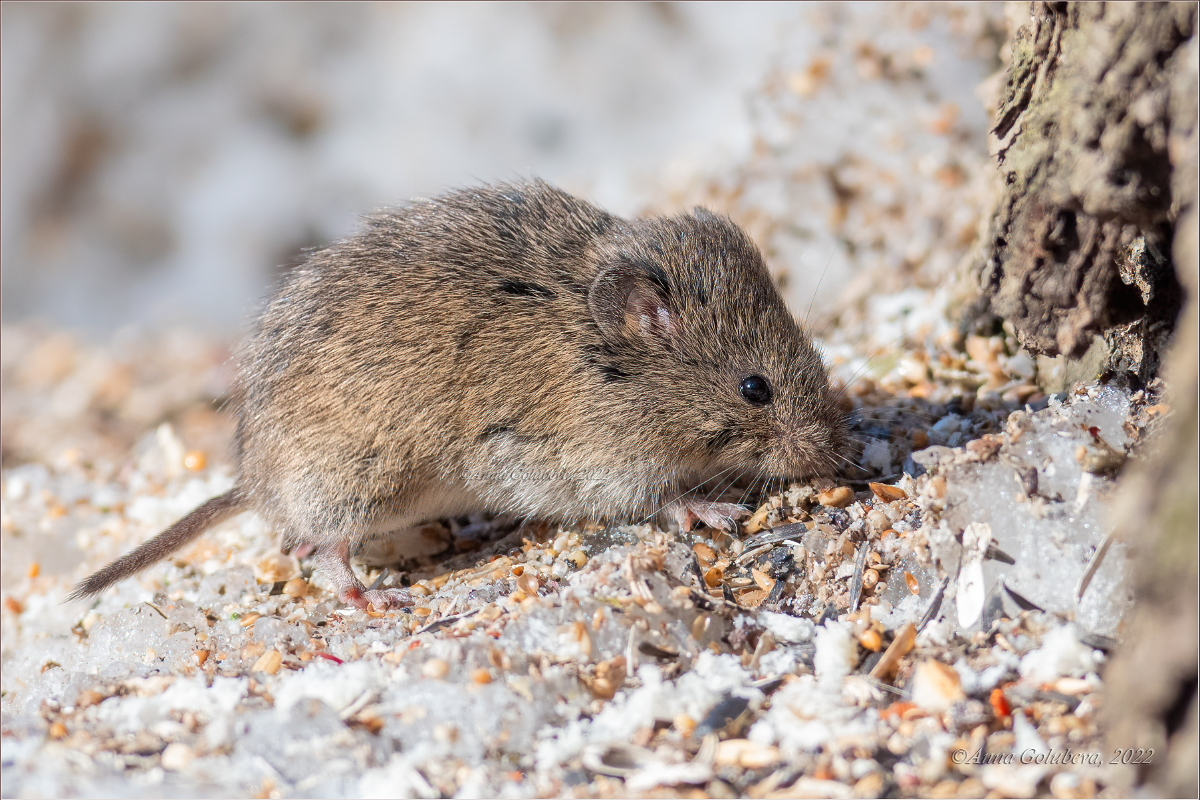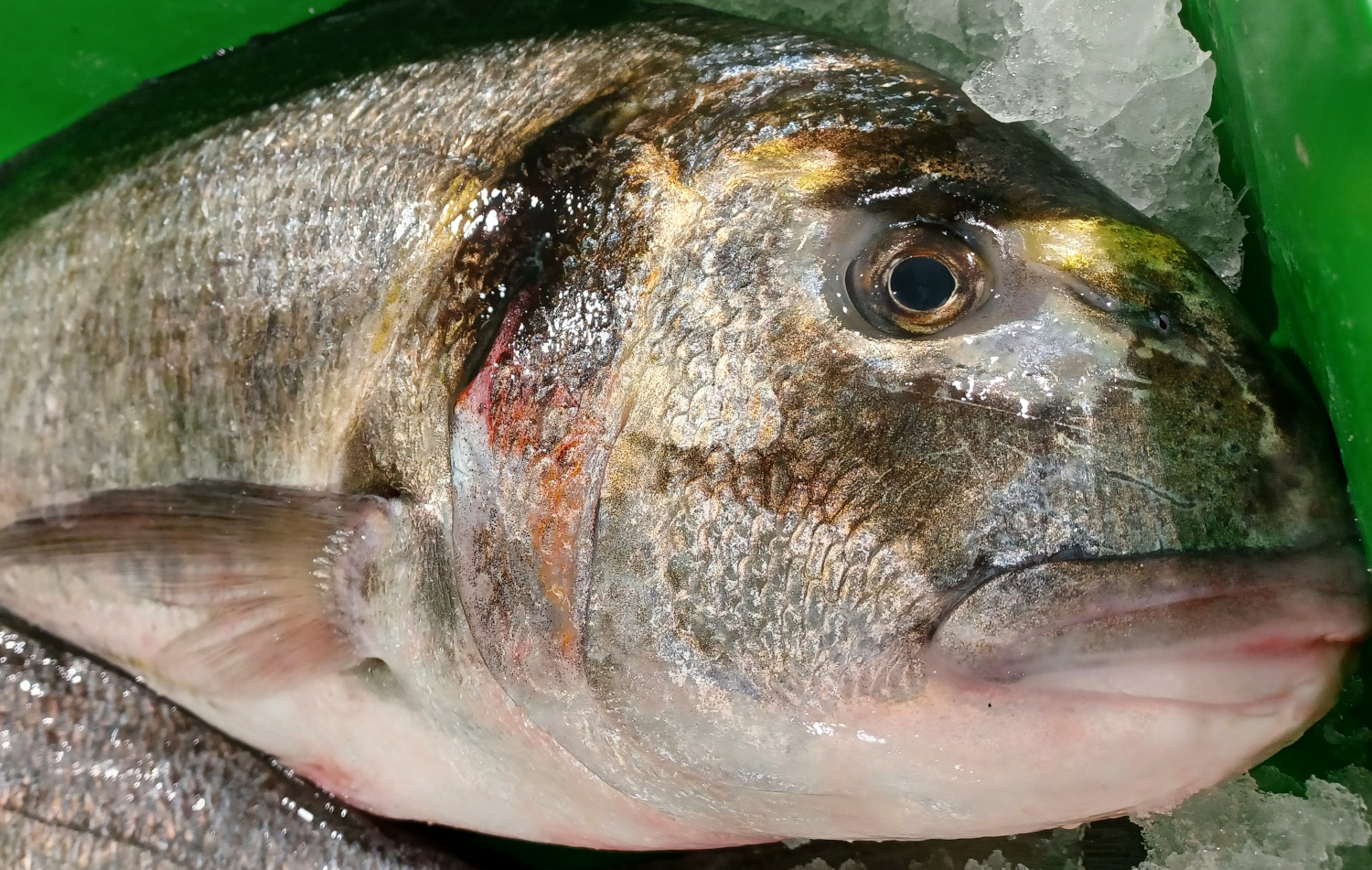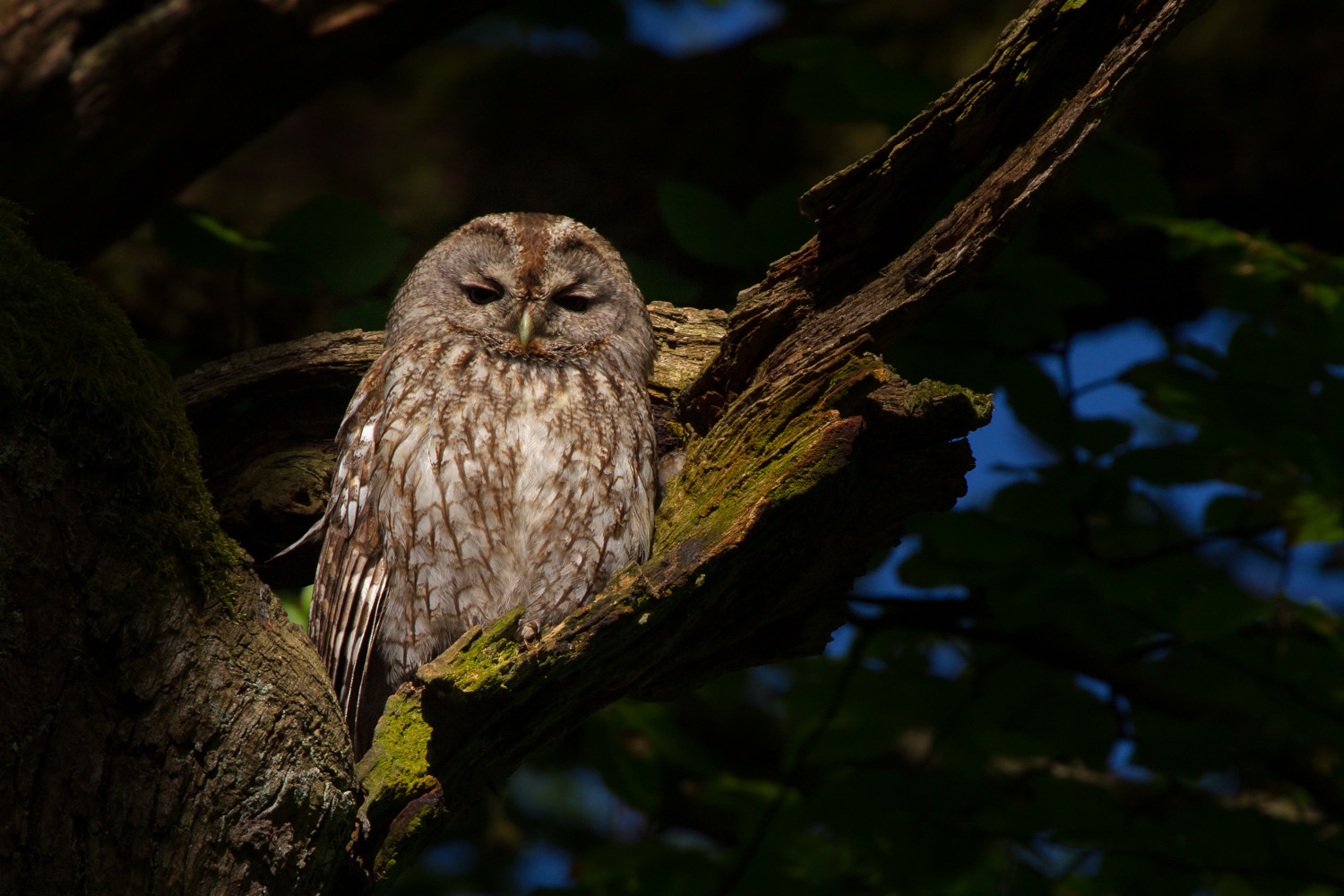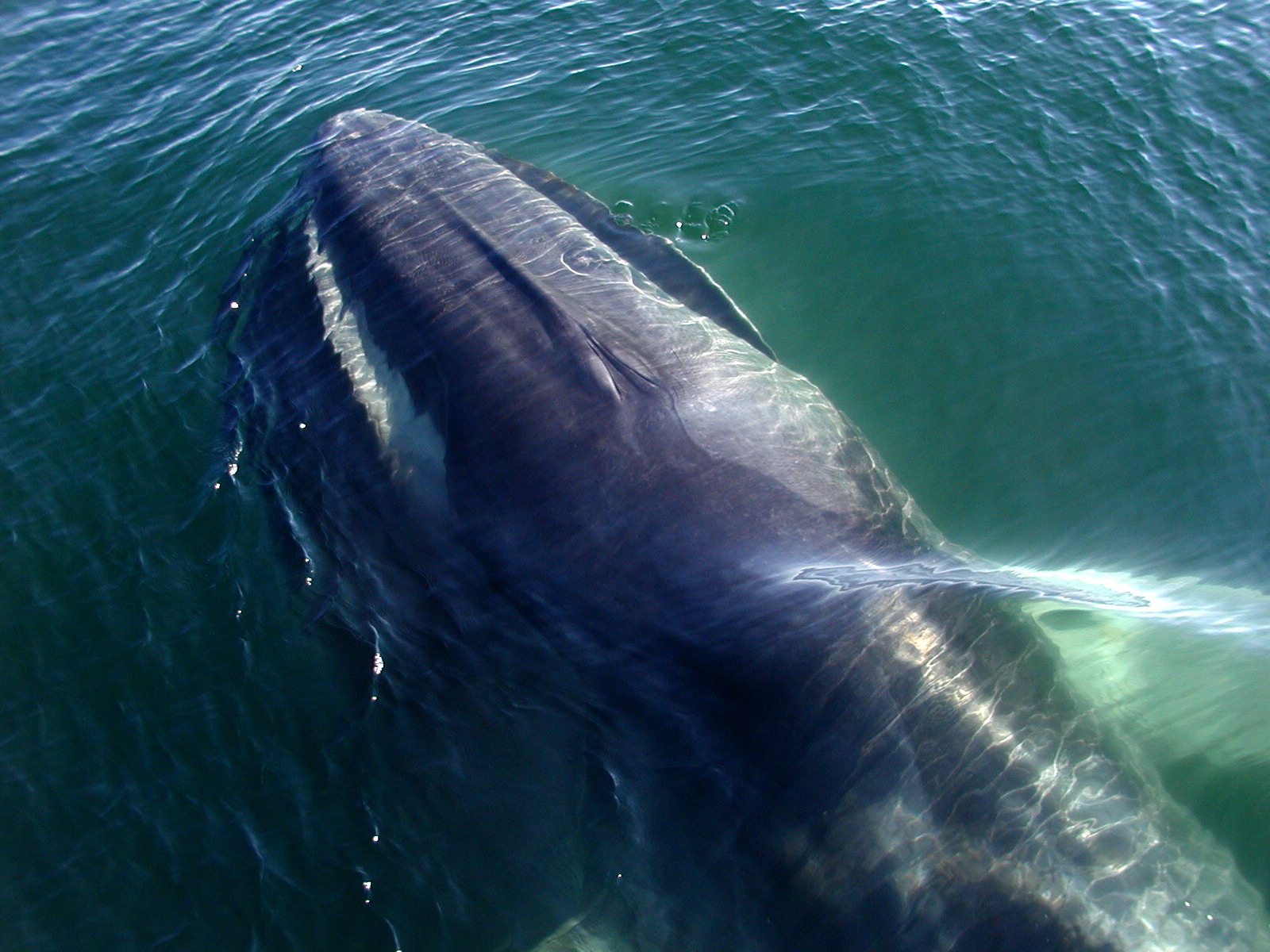Gentleman, dancer or guardor, an invisible treasure
- These animals, considered by the ancient Greeks and Romans as mythological beings, having been born and grown at the bottom of the sea, by reaching the size of the earth horses, would have been pulled from the Neptune chariot. They saw them far away, skipping over the peaks of the waves.

It still seems to us a strange animal from another planet. Indeed, the sea horse is a fish with a cape and a crown on the head. This fish doesn't have scales, but it's wearing a full-body armor, like a knight of the 15th century. The view is adapted to catch small fish and other small crustaceans looking for prey, such as chameleons, with eyes on both sides of the head, with the gaze in two directions. The severe expression and inclination of the head give it a timid appearance. Despite being a good diner, he has no teeth and the shape of his snout shows us that he is a sucking of small animals. It also has a small coupon, especially more abundant in care. He's not a good swimmer, because his fins are fragile fairy tale wings. Its tail is nothing like the moat of the horses of our meadows, but like the monkeys, when it is the bottom sea, it resists the attacks of violent marine storms, easily anchored to algae, coral branches or anything else. The attachment to the residence makes the seafarers live in monogamous couples and make gestures of complicity.
Submerged in the water, it's a very difficult animal to find. In fact, its excellent skill in camouflage also overshadows the hunting pigeons of Etxalar, not only for their ability to play with colors (mimetism), but also for their ability to change the appearance of the body’s thorns. In a few days, as if it were a new coat, the thorns of the body will produce further extensions, depending on the needs.
There's another trait that has made them especially famous: “The pregnancy of the males”. Among the fish, while the development of fertilized eggs usually occurs at sea (oviparous breeding), in the case of seabirds, the male assumes the “burden” of gestation (egg valet). In breeding between the male and the female, a spectacular dance is usually performed that can last the hours; in this closed and intimate space, the female releases the eggs and fertilizes the males, and the male collects all the fertilized eggs in its puppy bag before the female separates from it or releases. In this way, the male seafarers are the ones who, after the fertilization of the eggs, guarantee their development. The males will be released or “planted” after 14-45 days with small marine horses, which will be spread over the open sea (pelagic habitat). As usual, only a few will be able to reach adulthood and join the area where they live (benthic habitat).
Around 50 species of marine horses are known in the world. In our country we have at least two of them, the short sea horse (Hippocampus hippocampus) and the long sea horse (Hippocampus guttulatus). Both of them are quite unknown, and they are a sign of the biodiversity of our coast. As fish stocks of economic importance are being studied, stocks of unknown species that enrich biodiversity should also be investigated. Seafarers also need urgent population assessments and long-term monitoring programmes that allow them to assess their risk of disappearance. In the absence of long-term studies, it will not be possible to clarify the status of these two species. It is a living fossil species that is still alive in our sea. But it is in our hands, so that it continues to do so, to make an effort to preserve and protect marine habitats. It's not just so that our descendants don't see the sea horse pulled from the Neptune chariot.
THE ESPIGÓN DEL MAR (Hippocampus guttulatus)
GROUP: Vertebrate/Fish.
CHARACTERISTICS FOR SPECIES DIFFERENTIATION: end length, head crown, number of body and tail rings, number of ladder spokes.
SIZE: 16 to 300 mm, most 150 mm.
SPECIES AGE: They emerged between 40 and 50 million years ago. Each copy can be up to five years old.
WHERE DO YOU LIVE? Young people are pelagic and, therefore, dragged by currents. When they take about 120 mm in size, they stick with the tail to a place and have a small area of life.
What do you eat? Plankton, small crustaceans, small fish, copepods ...
LEVEL OF PROTECTION Are not protected.
Leihatila honetan behin baino gehiagotan azaldu ditugu Ama Naturaren engainuak bere izakiak babestearren. Batzuetan, erle edo liztor itxura zuten euliak ekarri ditugu, beste batzuetan inongo arriskurik ez duten arrisku-kolorazioko intsektuak ere bai (kolorazio aposematikoa... [+]
Nekazal eremu lehor baten erdian ageri da putzua. Txikia da tamainaz, eta ez oso sakona. Egunak dira euririk egiten ez duela, baina oasi txiki honek oraindik ere aurretik bildutako urari eusten dio. Gauak eremua irentsi du eta isiltasunaren erdian kantu bakarti bat entzun da... [+]








